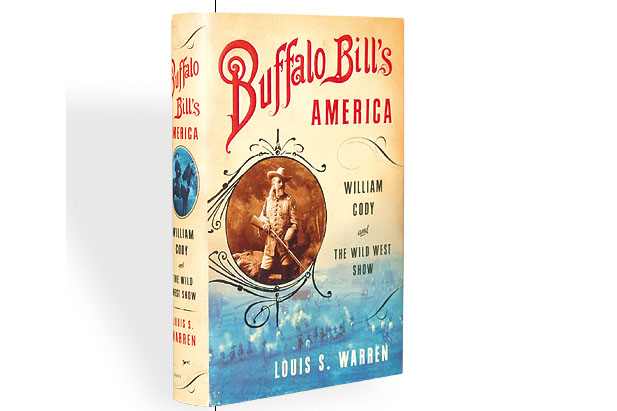
He was a newborn, born February 11, 1805, when he was strapped on his mother’s back for a “Journey of Discovery” with Lewis and Clark. He was the son of Sacajawea, named Jean-Baptiste Charbonneau, but fondly known as “Pomp.” His mother—now, one of America’s iconic women–carried the baby in a back-cradle all the way from Fort Mandan in western North Dakota to the Pacific Ocean. The journey was the first exploration of the land gained in the Louisiana Purchase, and President Jefferson hoped to discover a water route from the Atlantic to the Pacific. But no such route existed.
Pomp was a popular diversion through the trip, winning his way into the heart of William Clark. When they returned to Fort Mandan, Clark begged Pomp’s parents to let him take the boy to St. Louis to be educated. They finally agreed; continuing the extraordinary life of this boy. When he was 18, Pomp met Prince Paul of Wurttemberg and accompanied him home to Germany. He spent six years traveling around Europe—learning the “gentlemanly arts of hunting and conversation”—and then came home to America. He moved back to the land of his ancestors—North Dakota, Montana and Wyoming—and spent his time as a trapper, trader and host. In 1846 he led the Mormon Battalion across the deserts of the southwest to San Diego, where he was named administrator of one settlement. But he was accused of favoring Native people and was forced to resign. He was seduced by the Gold Rush of 1849 and prospected until 1866, when he set out to find new goldfields in Montana, but died en route.
Oh, what he saw in his 61 years.






